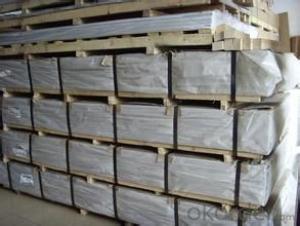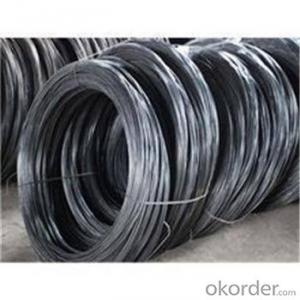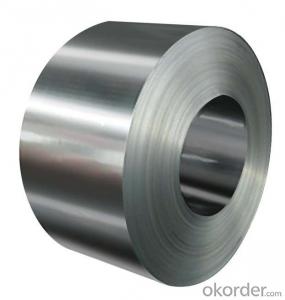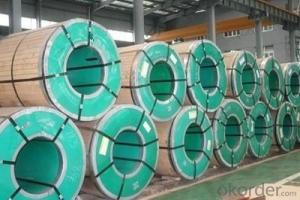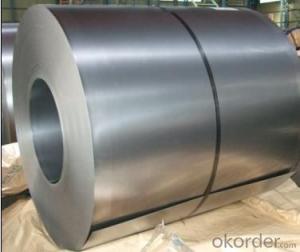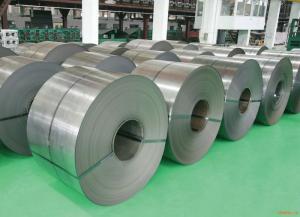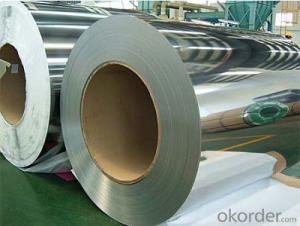20 Gauge Stainless Steel Sheet
20 Gauge Stainless Steel Sheet Related Searches
Best Paint For Stainless Steel Blanket Insulation For Steel Buildings Primer For Galvanized Steel Foam Filter For Stainless Steel H S Code For Stainless Steel Surface Grinding Wheels For Stainless Steel Surface Grinding Wheels For Hardened Steel Hole Saw For Stainless Steel Paint For Stainless Steel Stainless Steel For BbqHot Searches
Used Metal Folding Chairs For Sale Large Metal Containers For Sale Metal Shop Cabinets For Sale Metal Shipping Crates For Sale High Mast Light Price List Solar High Mast Light Specification Galvanized Steel Scrap Price Fiber Sheet Price In India Types Of Stainless Steel Grades High Mast Light Specification Stainless Steel Sheet Near Me Stainless Steel Type Type Stainless Steel Galvanized Steel Prices Stainless Steel Wholesale Stainless Steel Tubing Supplier Stainless Steel Supply Near Me Stainless Steel Supply Stainless Steel Sheets Near Me Scrap Stainless Steel Prices20 Gauge Stainless Steel Sheet Supplier & Manufacturer from China
Okorder.com is a professional 20 Gauge Stainless Steel Sheet supplier & manufacturer, offers integrated one-stop services including real-time quoting and online cargo tracking. We are funded by CNBM Group, a Fortune 500 enterprise and the largest 20 Gauge Stainless Steel Sheet firm in China.Hot Products
FAQ
- Stainless steel strips perform exceptionally well in high temperature environments due to their excellent heat resistance properties. They maintain their strength and structural integrity, without deformation or warping, even under extreme heat conditions. This makes stainless steel strips a reliable choice for various applications in industries like aerospace, power generation, and automotive, where high temperatures are prevalent.
- Yes, stainless steel strips can be used in heat recovery systems. Stainless steel is a popular choice for heat recovery systems due to its excellent corrosion resistance and high temperature resistance. It can withstand the high temperatures and harsh environments typically found in heat recovery systems. Additionally, stainless steel has good thermal conductivity, allowing for efficient heat transfer. Its strength and durability make it a reliable choice for use in heat recovery systems, ensuring long-term performance and minimal maintenance requirements.
- Stainless steel strips prove to be an excellent option for enhancing aesthetics. Renowned for its sleek and contemporary look, stainless steel is a favored choice for a wide range of decorative uses. Its surface boasts a shiny and reflective quality that effortlessly adds an air of elegance to any setting. These strips offer endless possibilities for creating decorative accents, whether it be a stylish trim, border, or even a custom design on walls, furniture, or appliances. Not only does stainless steel promise durability, but it also exhibits remarkable resistance to corrosion, making it a reliable choice for both indoor and outdoor applications. Moreover, its effortless maintenance and easy-to-clean nature ensure that its decorative qualities remain intact for years to come. All in all, stainless steel strips present a versatile and visually appealing option for decorative purposes.
- Yes, stainless steel strips do require some special maintenance. While stainless steel is known for its resistance to corrosion and staining, it is not completely immune to these issues. Regular cleaning is necessary to remove dirt, dust, and other contaminants that can potentially cause corrosion over time. Mild soap or detergent and warm water can be used to clean stainless steel strips, followed by rinsing and drying with a clean cloth. It is important to avoid using abrasive cleaners or materials that can scratch the surface of the stainless steel. Additionally, it is recommended to avoid using steel wool or other abrasive tools for cleaning. Performing regular maintenance and cleaning will help to ensure the longevity and appearance of stainless steel strips.
- Stainless steel strips are highly resistant to corrosion and are therefore suitable for use in high-humidity environments. The chromium content in stainless steel forms a protective layer on the surface, preventing the metal from interacting with moisture and humidity. This protective layer, known as the passive film, remains intact even in high-humidity conditions, ensuring that the stainless steel strip maintains its structural integrity. Additionally, stainless steel has a low thermal conductivity, which means it does not easily absorb or retain moisture from the surrounding environment. This property further enhances its performance in high-humidity environments by reducing the risk of moisture buildup and subsequent corrosion. In summary, stainless steel strips are an excellent choice for applications in high-humidity environments due to their corrosion-resistant properties and ability to withstand moisture without compromising their performance or structural integrity.
- Yes, stainless steel strips can certainly be used in transportation applications. Stainless steel is known for its high strength and durability, which makes it suitable for various transportation components. It is commonly used in the automotive industry for manufacturing parts such as exhaust systems, body panels, and trim. Stainless steel strips are also used in the aerospace industry to make aircraft components, including frames, brackets, and fittings. Additionally, stainless steel's resistance to corrosion and oxidation makes it ideal for marine transportation applications, such as boat building and shipbuilding. Overall, stainless steel strips are versatile and reliable materials for transportation applications due to their strength, durability, and resistance to environmental factors.
- There are several types of protective coatings available for stainless steel strips, including organic coatings, metallic coatings, and conversion coatings. Organic coatings such as epoxy, polyurethane, and acrylic are applied as a barrier against corrosion and provide excellent resistance to weathering and chemicals. Metallic coatings like zinc, tin, and aluminum can be applied through processes like electroplating or hot-dipping, providing both corrosion resistance and additional aesthetic appeal. Conversion coatings such as passivation or chromate conversion create a thin layer on the surface of the stainless steel, enhancing its resistance to corrosion and improving adhesion for subsequent coatings.
- Yes, 111 stainless steel strips are suitable for medical equipment. Stainless steel is commonly used in the medical industry due to its excellent corrosion resistance, strength, and durability. The 111 stainless steel grade, also known as AISI 111, is a low-carbon, high-chromium stainless steel that offers good corrosion resistance and excellent formability. It is often used in medical equipment manufacturing, including surgical instruments, orthopedic implants, and dental instruments. Furthermore, stainless steel is easy to clean and sterilize, making it a hygienic choice for medical applications. Overall, 111 stainless steel strips are a suitable material for medical equipment due to their combination of corrosion resistance, formability, and cleanliness.























